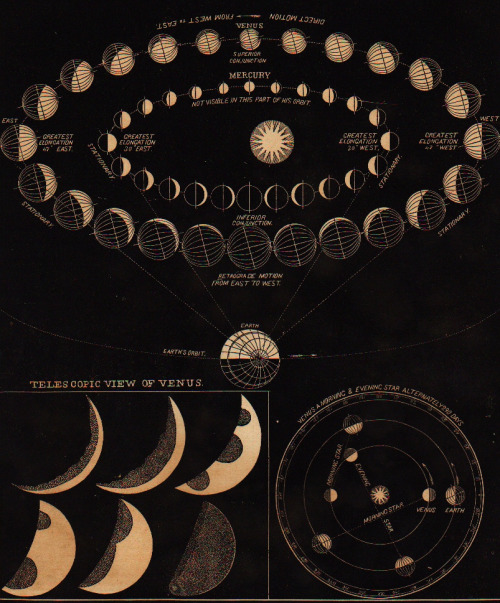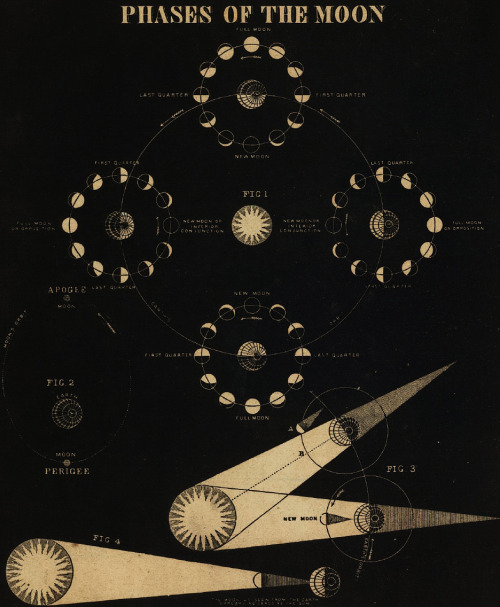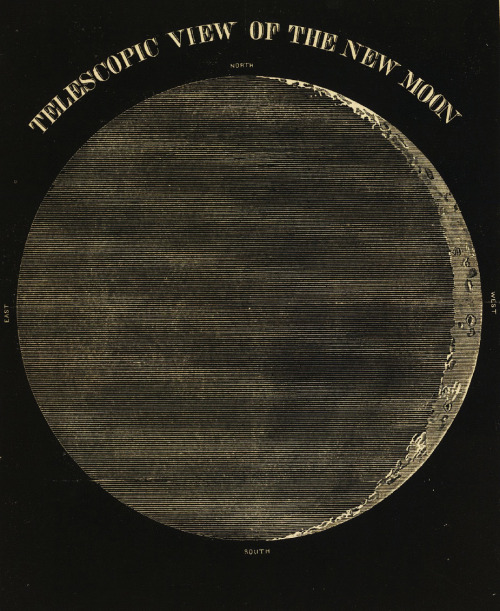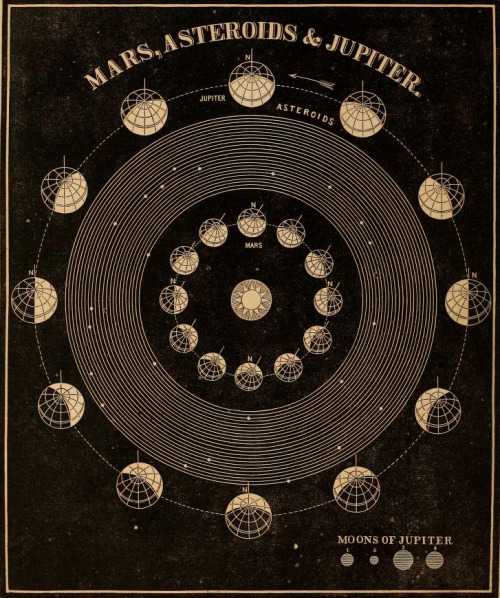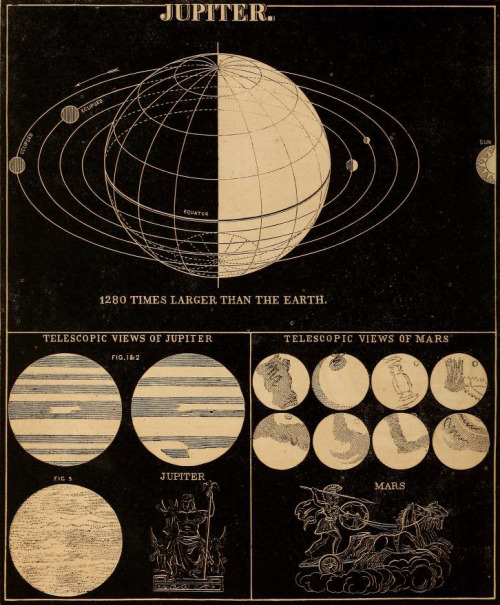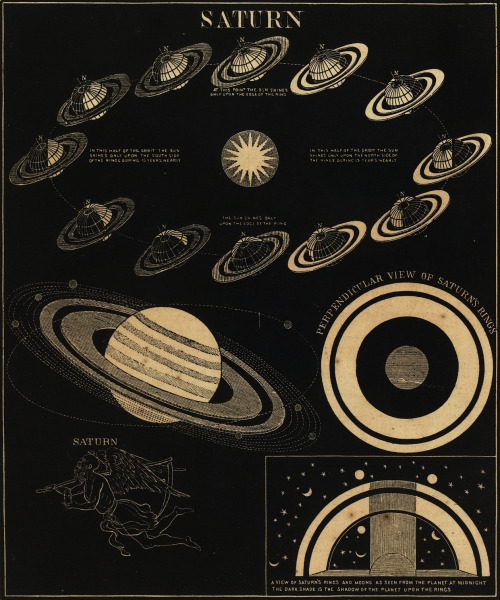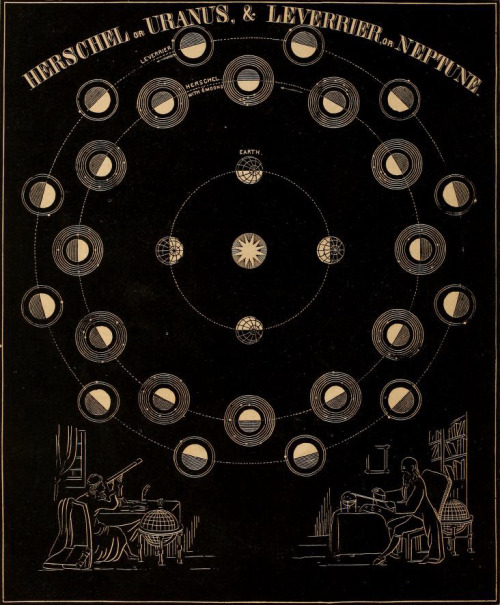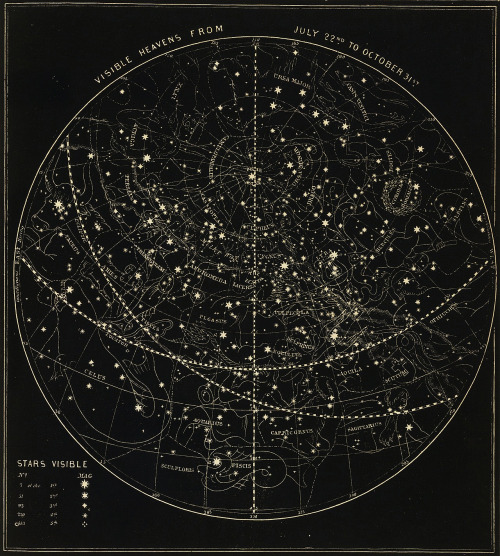Sunset On Mars

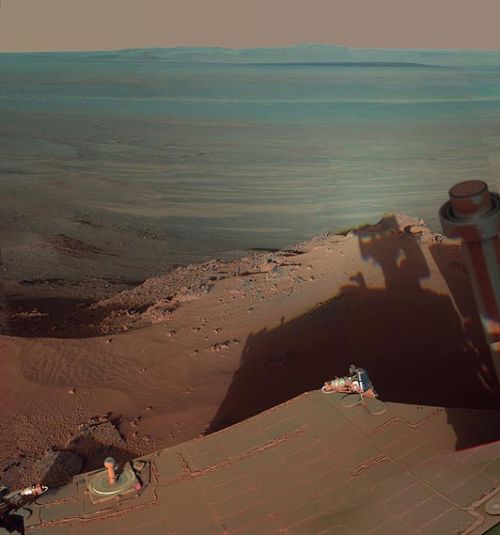
Sunset on Mars
(Image credit: NASA/JPL/Cornell/Don Davis)
More Posts from Fillthevoid-with-space and Others
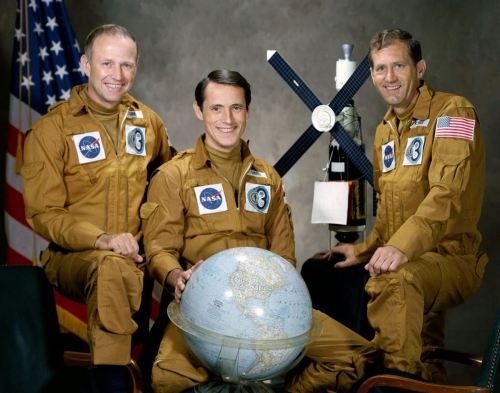

Happy Labor Day. Today I learned about probably the first strike to happen IN SPACE.
The Past, Present and Future of Exploration on Mars
Today, we’re celebrating the Red Planet! Since our first close-up picture of Mars in 1965, spacecraft voyages to the Red Planet have revealed a world strangely familiar, yet different enough to challenge our perceptions of what makes a planet work.

You’d think Mars would be easier to understand. Like Earth, Mars has polar ice caps and clouds in its atmosphere, seasonal weather patterns, volcanoes, canyons and other recognizable features. However, conditions on Mars vary wildly from what we know on our own planet.
Join us as we highlight some of the exploration on Mars from the past, present and future:
PAST
Viking Landers

Our Viking Project found a place in history when it became the first U.S. mission to land a spacecraft safely on the surface of Mars and return images of the surface. Two identical spacecraft, each consisting of a lander and an orbiter, were built. Each orbiter-lander pair flew together and entered Mars orbit; the landers then separated and descended to the planet’s surface.

Besides taking photographs and collecting other science data, the two landers conducted three biology experiments designed to look for possible signs of life.
Pathfinder Rover

In 1997, Pathfinder was the first-ever robotic rover to land on the surface of Mars. It was designed as a technology demonstration of a new way to deliver an instrumented lander to the surface of a planet. Mars Pathfinder used an innovative method of directly entering the Martian atmosphere, assisted by a parachute to slow its descent and a giant system of airbags to cushion the impact.

Pathfinder not only accomplished its goal but also returned an unprecedented amount of data and outlived its primary design life.
PRESENT
Spirit and Opportunity

In January 2004, two robotic geologists named Spirit and Opportunity landed on opposite sides of the Red Planet. With far greater mobility than the 1997 Mars Pathfinder rover, these robotic explorers have trekked for miles across the Martian surface, conducting field geology and making atmospheric observations. Carrying identical, sophisticated sets of science instruments, both rovers have found evidence of ancient Martian environments where intermittently wet and habitable conditions existed.

Both missions exceeded their planned 90-day mission lifetimes by many years. Spirit lasted 20 times longer than its original design until its final communication to Earth on March 22, 2010. Opportunity continues to operate more than a decade after launch.
Mars Reconnaissance Orbiter

Our Mars Reconnaissance Orbiter left Earth in 2005 on a search for evidence that water persisted on the surface of Mars for a long period of time. While other Mars missions have shown that water flowed across the surface in Mars’ history, it remained a mystery whether water was ever around long enough to provide a habitat for life.

In addition to using the rover to study Mars, we’re using data and imagery from this mission to survey possible future human landing sites on the Red Planet.
Curiosity

The Curiosity rover is the largest and most capable rover ever sent to Mars. It launched November 26, 2011 and landed on Mars on Aug. 5, 2012. Curiosity set out to answer the question: Did Mars ever have the right environmental conditions to support small life forms called microbes?

Early in its mission, Curiosity’s scientific tools found chemical and mineral evidence of past habitable environments on Mars. It continues to explore the rock record from a time when Mars could have been home to microbial life.
FUTURE
Space Launch System Rocket

We’re currently building the world’s most powerful rocket, the Space Launch System (SLS). When completed, this rocket will enable astronauts to begin their journey to explore destinations far into the solar system, including Mars.
Orion Spacecraft

The Orion spacecraft will sit atop the Space Launch System rocket as it launches humans deeper into space than ever before. Orion will serve as the exploration vehicle that will carry the crew to space, provide emergency abort capability, sustain the crew during the space travel and provide safe re-entry from deep space return velocities.
Mars 2020

The Mars 2020 rover mission takes the next step in exploration of the Red Planet by not only seeking signs of habitable conditions in the ancient past, but also searching for signs of past microbial life itself.

The Mars 2020 rover introduces a drill that can collect core samples of the most promising rocks and soils and set them aside in a “cache” on the surface of Mars. The mission will also test a method for producing oxygen from the Martian atmosphere, identify other resources (such as subsurface water), improve landing techniques and characterize weather, dust and other potential environmental conditions that could affect future astronauts living and working on the Red Planet.

For decades, we’ve sent orbiters, landers and rovers, dramatically increasing our knowledge about the Red Planet and paving the way for future human explorers. Mars is the next tangible frontier for human exploration, and it’s an achievable goal. There are challenges to pioneering Mars, but we know they are solvable.
To discover more about Mars exploration, visit: https://www.nasa.gov/topics/journeytomars/index.html
Make sure to follow us on Tumblr for your regular dose of space: http://nasa.tumblr.com

This Black Eye Galaxy that got its name from the band of light absorbing dust appearing in front of the star systems bright center in the Hubble space telescope.
via reddit
Does all capsules drops in Kazakhstan on return after every mission?
Since the US Space Shuttle retired in 2011, we launch to and return from the Space Station with the Russian Space Agency. So yes, these capsules (the Soyuz) land in Kazakhstan (or surrounding regions). However, different spacecrafts have different reentry trajectories, depending on where they aim to land. As you might recall, the Apollo mission capsules landed in the ocean. Since Space-X and Boeing are currently building new vehicles so that we will also launch from the US again to get to the International Space Station, these spacecraft will return to the US. For example, you may have seen footage of Space-X cargo vehicles splashing down into the Pacific over the last few years. The Boeing Starliner plans to land on land instead of water. NASA is also currently building the Orion spacecraft, which will take us to destinations beyond low earth orbit (where the Space Station is), whether that be the Moon or Mars or another target. Orion will also splash down in the ocean.

Hubble Showcases a Remarkable Galactic Hybrid : UGC 12591s classification straddles somewhere between a lenticular and a spiral galaxy. It lies just under 400 million light-years from us in the PiscesPerseus Supercluster.
js
Until I get this show rolling, I’m going to be posting some of the things I’ve collected over the years that might make for interesting things to do podcasts about down the line!

Light Echoes Used to Study Protoplanetary Disks : This illustration shows a star surrounded by a protoplanetary disk. A new study uses data from NASAs Spitzer Space Telescope and four ground-based telescopes to determine the distance from a star to the inner rim of its surrounding protoplanetary disk. Researchers used a method called photo-reverberation, also known as light echoes.
js
-
 honestlydeafeningcheesecake liked this · 2 months ago
honestlydeafeningcheesecake liked this · 2 months ago -
 bunnnyface liked this · 3 months ago
bunnnyface liked this · 3 months ago -
 makemehott liked this · 5 months ago
makemehott liked this · 5 months ago -
 ahoysikape-matamis liked this · 5 months ago
ahoysikape-matamis liked this · 5 months ago -
 nehcterg reblogged this · 6 months ago
nehcterg reblogged this · 6 months ago -
 interstellar-taco liked this · 6 months ago
interstellar-taco liked this · 6 months ago -
 tsunade95 reblogged this · 7 months ago
tsunade95 reblogged this · 7 months ago -
 alvasbafaradt reblogged this · 7 months ago
alvasbafaradt reblogged this · 7 months ago -
 alvasbafaradt liked this · 7 months ago
alvasbafaradt liked this · 7 months ago -
 broente reblogged this · 7 months ago
broente reblogged this · 7 months ago -
 royallettuce reblogged this · 7 months ago
royallettuce reblogged this · 7 months ago -
 2b-or-not2b reblogged this · 7 months ago
2b-or-not2b reblogged this · 7 months ago -
 2b-or-not2b liked this · 7 months ago
2b-or-not2b liked this · 7 months ago -
 zacum360 liked this · 7 months ago
zacum360 liked this · 7 months ago -
 leandrojreale liked this · 7 months ago
leandrojreale liked this · 7 months ago -
 somegreatperhaps reblogged this · 7 months ago
somegreatperhaps reblogged this · 7 months ago -
 curly-queue reblogged this · 7 months ago
curly-queue reblogged this · 7 months ago -
 curly-queue liked this · 7 months ago
curly-queue liked this · 7 months ago -
 wordsalludeme reblogged this · 7 months ago
wordsalludeme reblogged this · 7 months ago -
 godofwarotabekaltin liked this · 7 months ago
godofwarotabekaltin liked this · 7 months ago -
 disasterhimbo liked this · 7 months ago
disasterhimbo liked this · 7 months ago -
 floweringsolitude reblogged this · 8 months ago
floweringsolitude reblogged this · 8 months ago -
 ladygreytea76 liked this · 8 months ago
ladygreytea76 liked this · 8 months ago -
 777cupcake liked this · 8 months ago
777cupcake liked this · 8 months ago -
 ladygreytea76 reblogged this · 8 months ago
ladygreytea76 reblogged this · 8 months ago -
 that1sarcasticgeek reblogged this · 8 months ago
that1sarcasticgeek reblogged this · 8 months ago -
 that1sarcasticgeek liked this · 8 months ago
that1sarcasticgeek liked this · 8 months ago -
 wowzahhhh liked this · 8 months ago
wowzahhhh liked this · 8 months ago -
 sugarkat liked this · 8 months ago
sugarkat liked this · 8 months ago -
 sugarkat reblogged this · 8 months ago
sugarkat reblogged this · 8 months ago -
 wave-form reblogged this · 8 months ago
wave-form reblogged this · 8 months ago -
 the-explorers-journal reblogged this · 8 months ago
the-explorers-journal reblogged this · 8 months ago -
 the-explorers-journal liked this · 8 months ago
the-explorers-journal liked this · 8 months ago -
 the-wings-of-icarus reblogged this · 8 months ago
the-wings-of-icarus reblogged this · 8 months ago -
 cosmicretreat reblogged this · 8 months ago
cosmicretreat reblogged this · 8 months ago -
 cosmicretreat liked this · 8 months ago
cosmicretreat liked this · 8 months ago -
 absolutelyunknowning liked this · 8 months ago
absolutelyunknowning liked this · 8 months ago -
 odinsblog reblogged this · 8 months ago
odinsblog reblogged this · 8 months ago -
 somebrownlady liked this · 8 months ago
somebrownlady liked this · 8 months ago -
 itsanoodi liked this · 8 months ago
itsanoodi liked this · 8 months ago -
 rere-20 reblogged this · 8 months ago
rere-20 reblogged this · 8 months ago -
 souul-child reblogged this · 8 months ago
souul-child reblogged this · 8 months ago -
 thesunbeamin reblogged this · 8 months ago
thesunbeamin reblogged this · 8 months ago -
 confounding-variable reblogged this · 8 months ago
confounding-variable reblogged this · 8 months ago -
 muhtesemz reblogged this · 8 months ago
muhtesemz reblogged this · 8 months ago
A podcast project to fill the space in my heart and my time that used to be filled with academic research. In 2018, that space gets filled with... MORE SPACE! Cheerfully researched, painstakingly edited, informal as hell, definitely worth everyone's time.
243 posts


